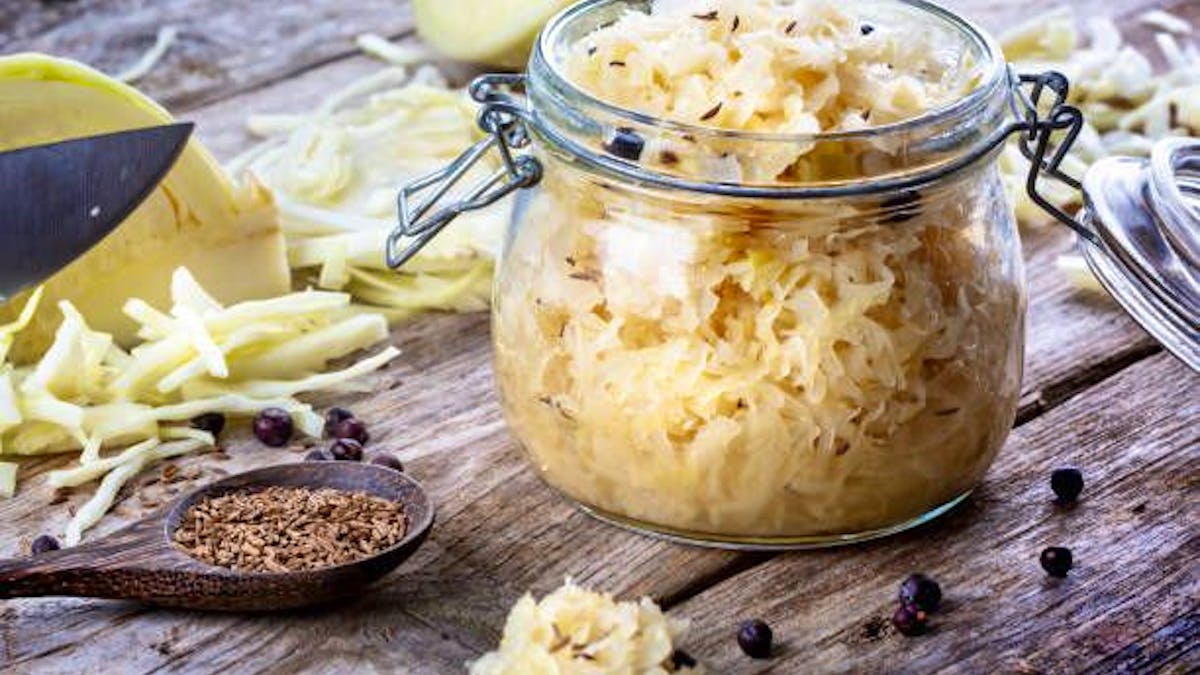Sauerkraut and kimchi: what points in common? Both are fermented, versatile kitchen cabbage and very popular. They occupy an essential place in their respective traditions: sauerkraut, emblem of Swiss culinary heritage, and Kimchi, essential in Korea and listed as the intangible heritage of UNESCO. They are based on an ancestral conservation method, fermentation, using bacteria and fungi.
From hard cheese to sourdough bread, including sauerkraut, these fermented foods are deeply rooted in our eating habits. Their wealth is explained by the diversity of local traditions and transmitted techniques from generation to generation.
Long before refrigeration, fermentation guaranteed nutrients all year round. Today, this know-how has a renewed interest, carried by concerns of sustainability and health. It also constitutes an innovation lever for producer-sister-s, gastronomes and consumer-jur Swiss concerned with responsible food.
More than a fashion phenomenon, fermentation is part of a lasting approach, between heritage and modernity. The inventory of Swiss culinary heritage is a precious source of inspiration.

